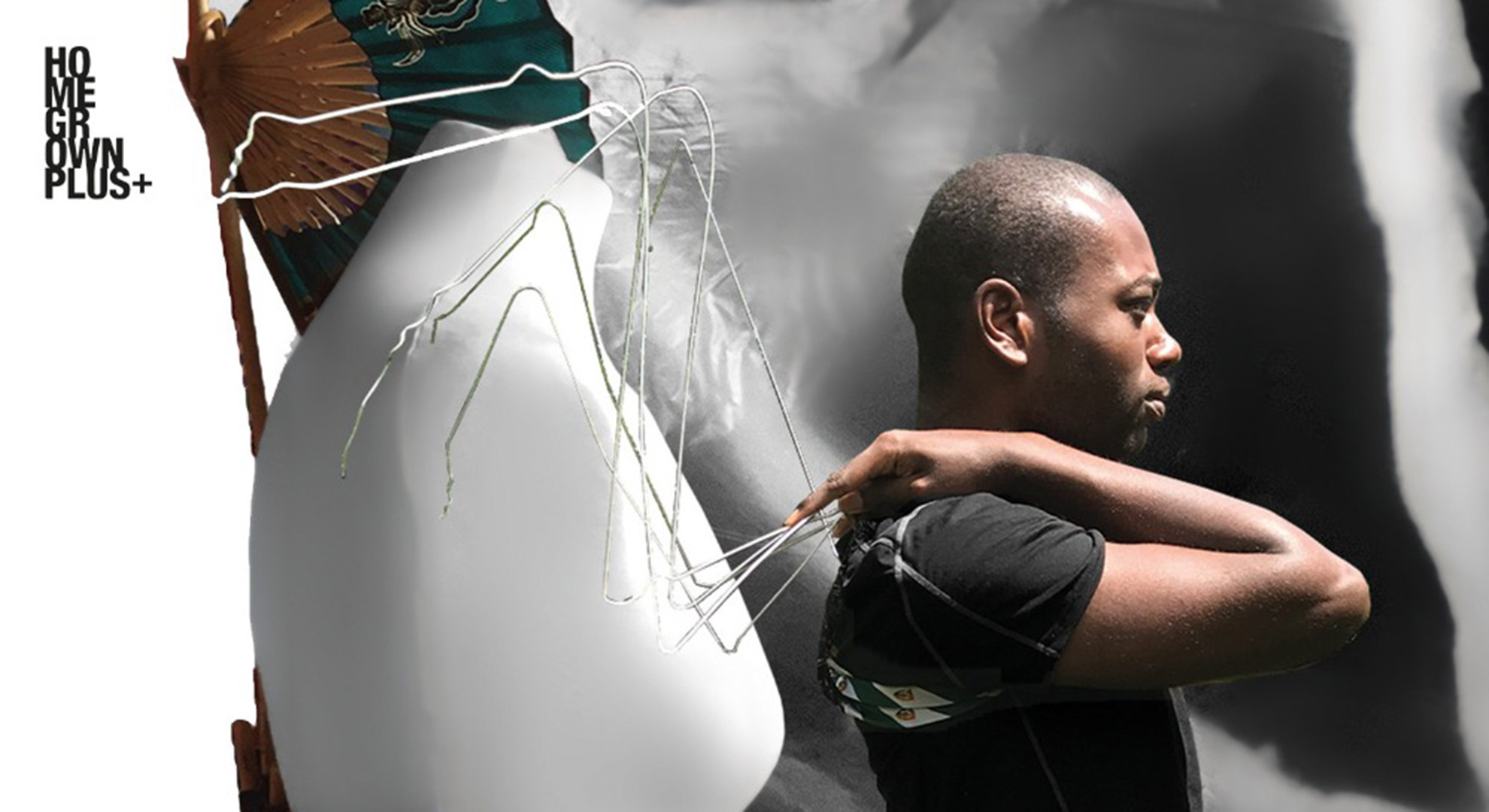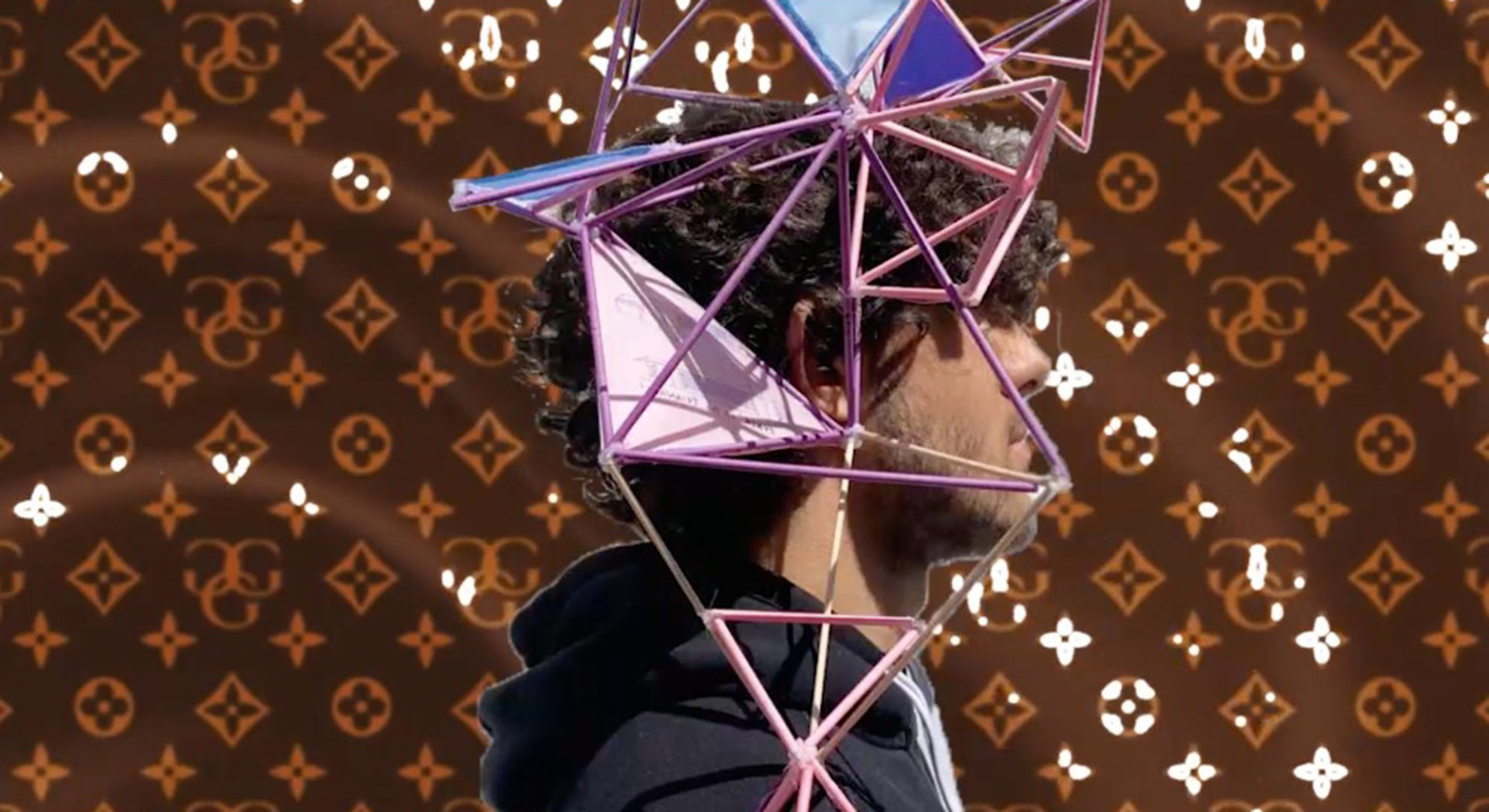Education, Architecture and the Trojan Horse
The global outreach of online creative teaching
Teaching by means of a Trojan horse
I have always been enthused by architecture, art and creativity, and particularly the idea of widening young people’s creative spirit, knowledge and skills. Teaching has enabled me to pass on my inner creative feelings, passions, emotions and aspirations to the next generation. At present I am responsible for two architectural initiatives: Celebrating Architecture, where we introduce young students from four to thirteen years old to the importance of the built environment; and HomeGrownPlus where academics, designers and practicing architects from around the world provide guidance to students and young practices in their journey in architecture and the creative industries.
Being a teacher of product design and architectural design in an inner-city London school to non-traditional and traditional students, in which over 56 different languages and dialects are spoken, has given me an insight into different cultural aspects of the arts. This has shaped my understanding of design as a universal exploration and it permits me to connect with a multitude of cultures through digital and graphic communication.
Due to the pandemic, the past two years have placed a new pressure on those of us in architectural creative education to be even more innovative than before. Zoom has become the norm and reaching out through its digital platform has allowed me to communicate to the world and to inspire young students to take up the challenge of design and creative problem solving.
GLAM
GLAM is a HomeGrownPlus initiative that I started two years ago. It’s a global educational workshop for designing sustainable wearable architecture. GLAM is an acronym for “Gucci, Louis Vuitton, Architecture & Me.” The idea is that through fashion and aspects of popular culture we can attract and impassion young creatives to learn about architecture, engineering and the environment. Students who participate in the two-day workshop are those either considering entering university, or those early on in their university studies. The workshop engages on many levels and quickly a strong bond is formed by liked-minded curious young people seeking resolve through the creative process and open direct dialogue with architects and fashion designers who mentor the program.

GLAM wearable architecture. Photo ©Joshua Ewusie
Dr. Harriett Harriss, Dean of the Pratt Institute School of Architecture in New York refers to GLAM as engaging students by means of a “Trojan horse.” In other words, we entice by suggestive glamorous experiences. We spare them the often dogmatic preconceptions of the design process and it is only after they are truly into their project that they realize they have defined their brief, sourced their raw materials, sketched their concepts, and articulately discussed their design intentions. Young creatives from non-traditional and traditional backgrounds feel comfortable, and for the first time in their lives they’re in a creative environment surrounded by people who look and think like them.
A global design process
GLAM encourages students to draw upon their own design sensibilities and cultivate their individual sense of aesthetics. Through experimentation and testing over the course of the two-day workshop, students develop their concept and come up with an innovative and intriguing outcome which uses the body as the main structural frame. Thus, a piece of fashion becomes “wearable architecture.”
These beautiful, structural body pieces need not relate to a particular contemporary or trendy design style, but instead—since GLAM is a global workshop—we encourage students to feel comfortable to express architectural or fashion qualities that they find to be particular to their own countries, places of residence and situations. Using recycled materials adds another important constraint that allows students to think outside the box. We promote resourceful design and problem solving using recycled materials that could be particular to wherever they are in the world.

GLAM wearable structure. Photo © Venetia Wolfenden
How?
The purpose of GLAM is to question the relationship between power and space through interdisciplinary design practice with activities that develop the tools, language and critical thinking required to create wearable architecture. GLAM started life as a physical workshop at a structural engineering company, Elliott Wood, but due to the pandemic we put it online and it soon went global, allowing us to reach even more students. This “Trojan horse,” which is totally free of charge for all participants, attracted students who would not necessarily engage in longer architectural workshops.
The project was piloted during the London Festival of Architecture 2020 through a Zoom on-line weekend workshop with contributions from the heads of architecture and fashion from Central Saint Martins, Kingston University and Oxford Brookes, and several high-profile architectural practices.
Furthermore, GLAM is supported and sponsored by the RIBA, the Architecture Foundation, Karakusevic Carson, daab design, Pratt Institute and many other practices and institutions.
Please watch this space. Summer 2022 sees Glam Goes Global spreading its magic, innovative and creative dust to even more countries in North and South America, the Caribbean, Asia, Europe, and throughout the UK. Please feel free to connect and join our diverse architectural and creative family.
Main image: GLAM KIDZ. Photo © Nicola Reid
